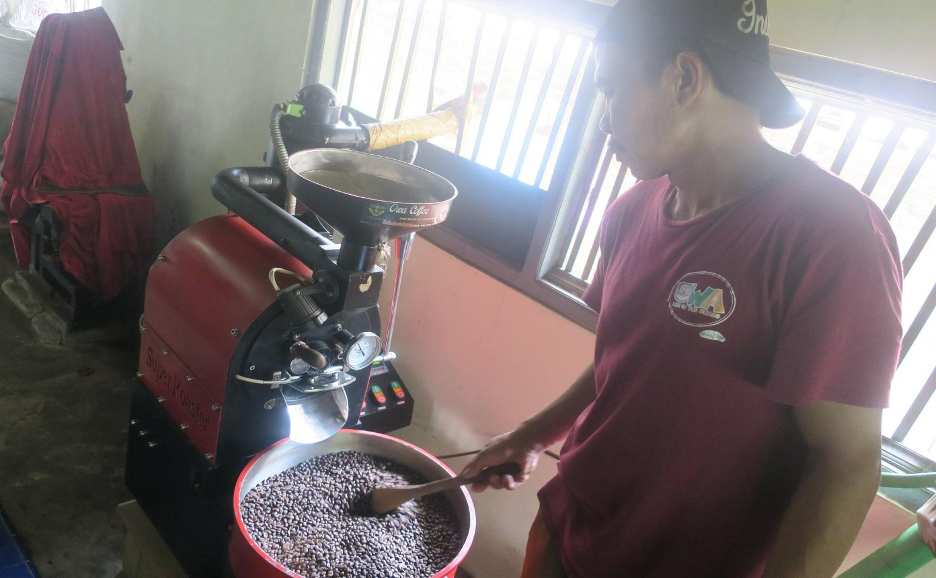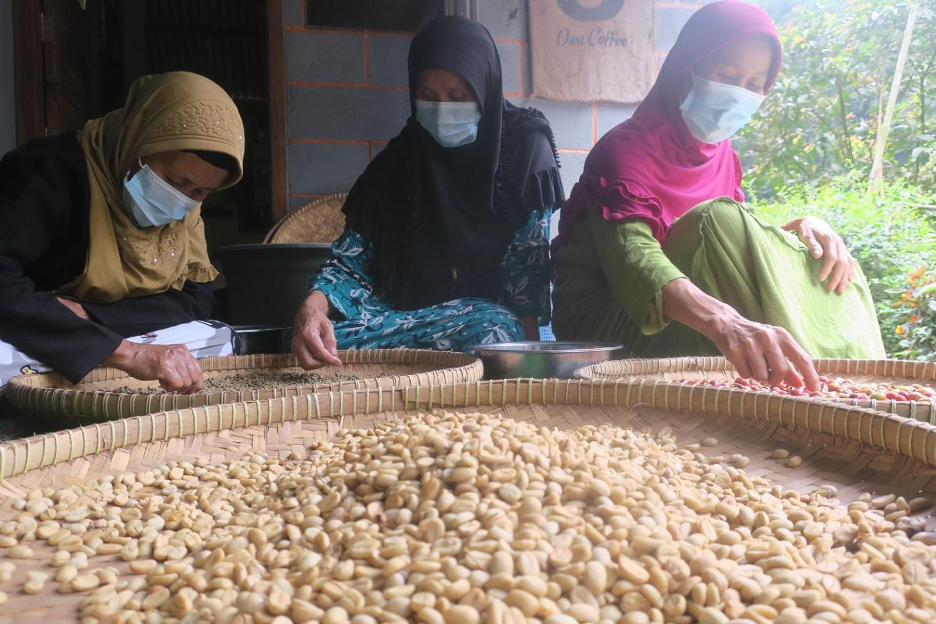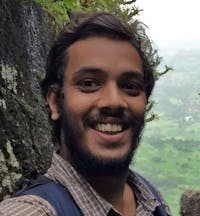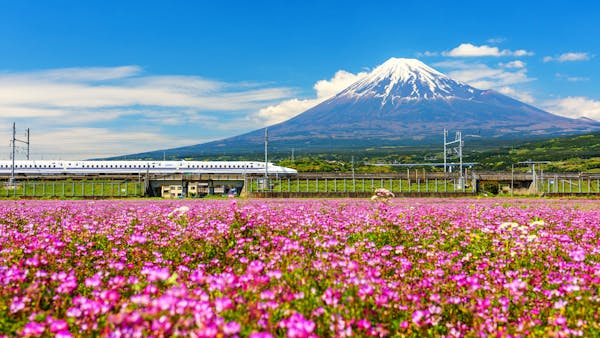From loggers to forest protectors: agroforestry changed this community in Indonesia
- Regenerative Agriculture
- Agroforestry
- Smallholder Farming
- Forests
- Sustainable Livelihoods
- Biodiversity
- Malaysia & Western Indonesia
- Indomalaya Realm
During the past decade, the residents of Kayupuring Village, located in Petungkriyono District of Indonesia’s Central Java, abandoned logging activities and started to plant coffee. Using agroforestry techniques, the practice has become crucial for biodiversity conservation and local climate resilience.
In the early 2010s, the state’s Forest Management Unit granted access to some 800 villagers to manage coffee plantations of around 600 hectares near the Petungkriyono Forest. Here, growers cultivate the crop along with native species such as kruing, meranti, and teak. Each farmer manages about two hectares of coffee fields.
The Petungkriyono Forest plays a major role in conserving the Javan gibbon (Hylobates moloch). For the past century, the primate has been at significant risk of hunting, which has led it to be categorized as an endangered species.
The existence of the Petungkriyono Forest is also beneficial for humans. The forest provides freshwater to local populations, improves soil fertility, and captures carbon. It also regulates temperature changes, creating a fresh atmosphere despite the global temperature increase.
Halting deforestation
After the community started growing coffee, logging continued for about five more years, says local farmer Tasuri. It finally stopped after three Gadjah Mada University Faculty of Forestry students did their thesis research there.
The three students are also activists of the Swara Owa Foundation, a non-governmental organization concerned with conserving the Javan gibbon. Tasuri said the spirit of preservation emerged after the foundation took a social approach to the community.

Tasuri roasts robusta coffee beans picked from Petungkriyono Forest, Pekalongan Regency. Image credit: Courtesy of Hartatik
After receiving training on the benefits of agroforestry, the community of Petungkriyono District created an “economy-based forest rescue” movement, protecting nature through sustainable economic activities.
To achieve this, the Swara Owa Foundation trained the locals in coffee processing methods, as well as helped them market their crop in external markets, such as Singapore. “After learning the processing technique, the price of green beans for coffee, which previously peaked at 0.92 USD per kilogram, can now reach 2.85 USD per kilogram," said Tasuri.

Coffee farmer wives sort good quality red cherries picked from the forest to be processed as “Owa Coffee” in Sokokembang Hamlet, Kayupuring Village, Petungkriyono District, Pekalongan Regency. Image credit: Courtesy of Hartatik
Women, in particular, play an essential role in Petungkriyono, as they determine the quality of the coffee and contribute to the processing.
For example, a local grower, Sariah, taught herself how to process forest coffee from her parents' crops. She learned how to roast the coffee beans on a frying pan, then pounded them with a pestle and mortar. Sariah’s family can harvest three to four quintals of coffee during the picking season.

Female coffee farmer showing superior quality red picked coffee sorted from the Petungkriyono Forest. Image credit: Hartatik
Biodiversity hub
In addition to the Javan gibbon, the biodiversity in the Petungkriyono Forest is exceptionally abundant. There are 104 species of butterflies, 63 types of birds, 41speices of orchids, 22 tree species, 19 types of ferns, and four speices of primates.
According to a researcher from the Swara Owa Foundation, Arif Setiawan, conservation actions could not succeed without benefiting local communities to protect this wildlife. Therefore, he explained that the conservation narrative is built by cultivating an entrepreneurial spirit among residents.
A gibbon is the mascot of the coffee brand grown in Petungkriyono. “Initially to introduce that this coffee comes from the habitat of the gibbons, as well as to popularize Petungkriyono. Now, farmers and coffee connoisseurs act as forest conservation agents,” Setiawan concluded.
The Petungkriyono District showcases the importance of community involvement in conservation. When locals feel empowered, their livelihoods and the surrounding biodiversity thrive together.
Support Our Work.jpg?auto=compress%2Cformat&w=1440)

.jpeg?auto=compress%2Cformat&h=600&w=600)


